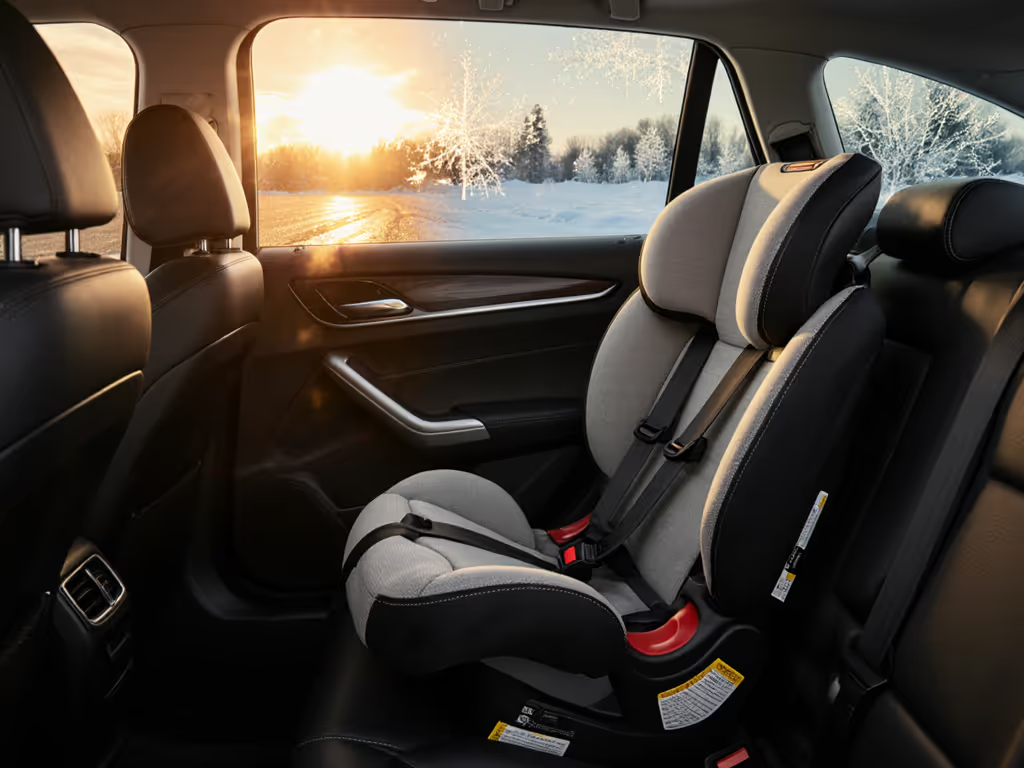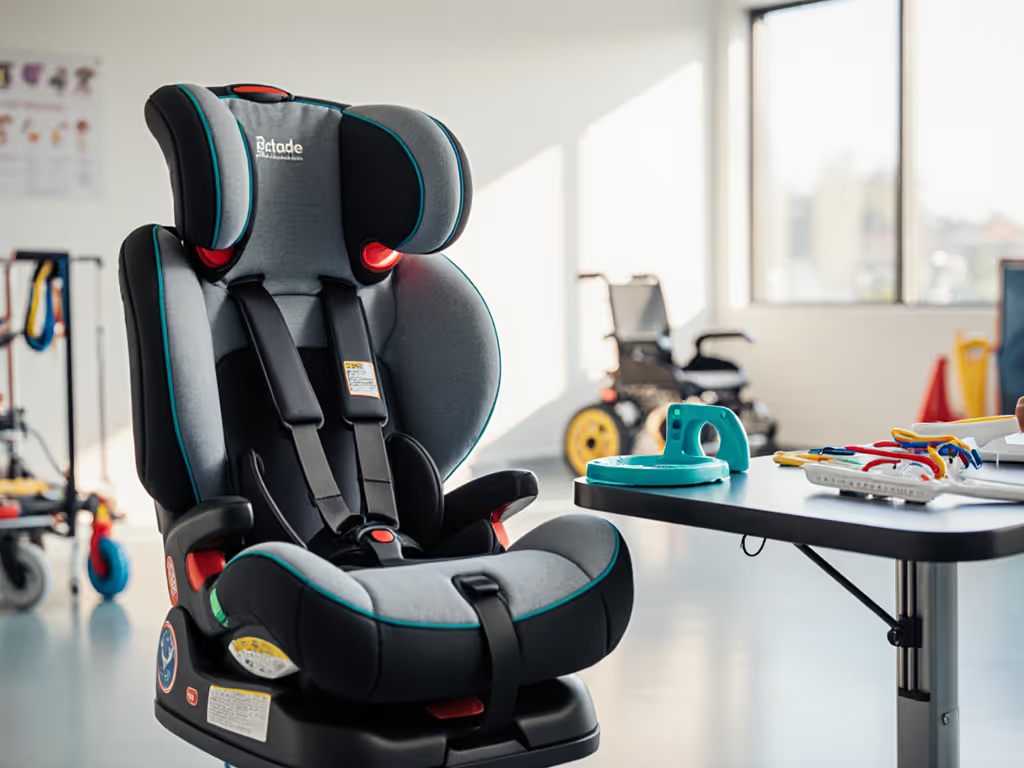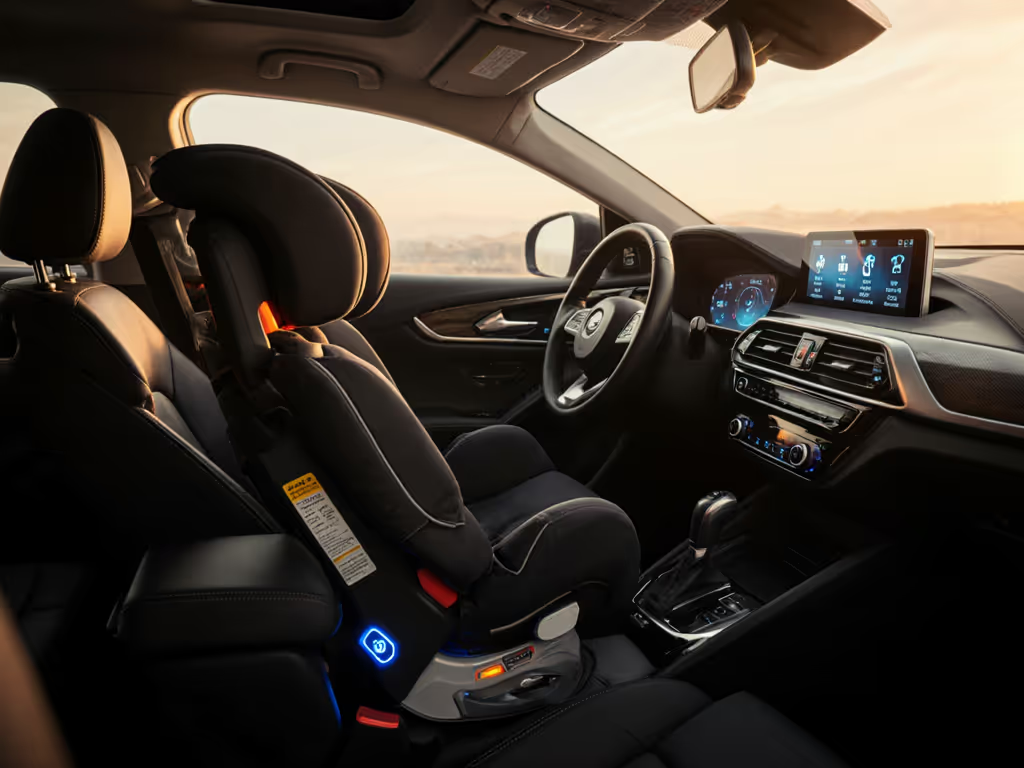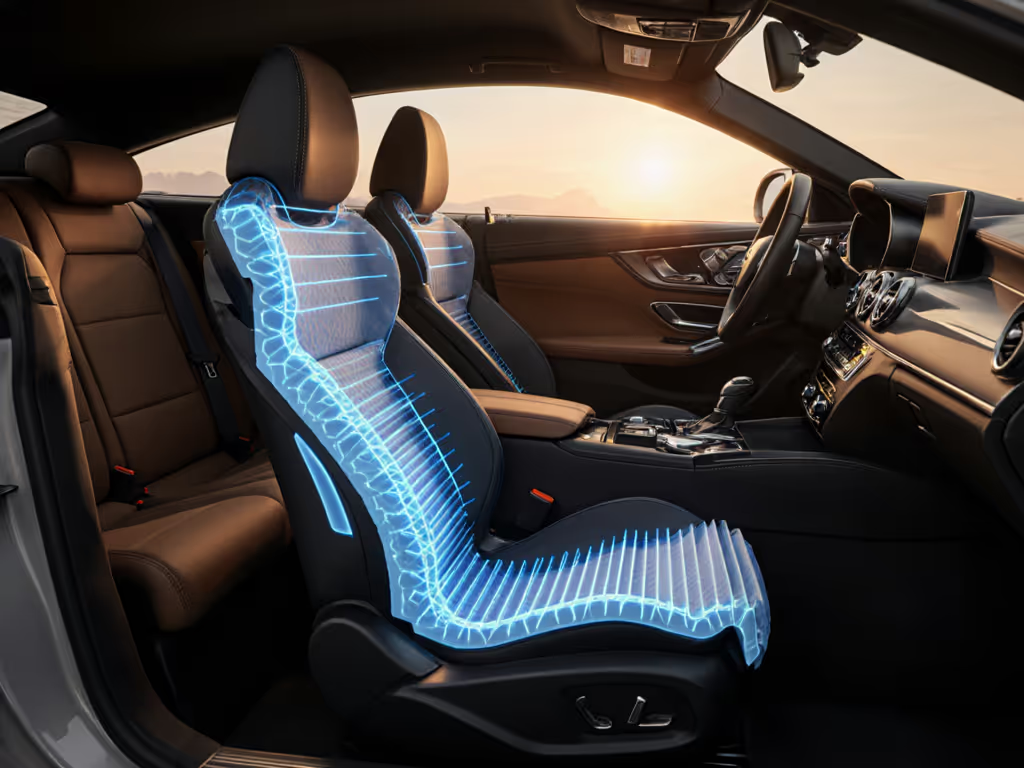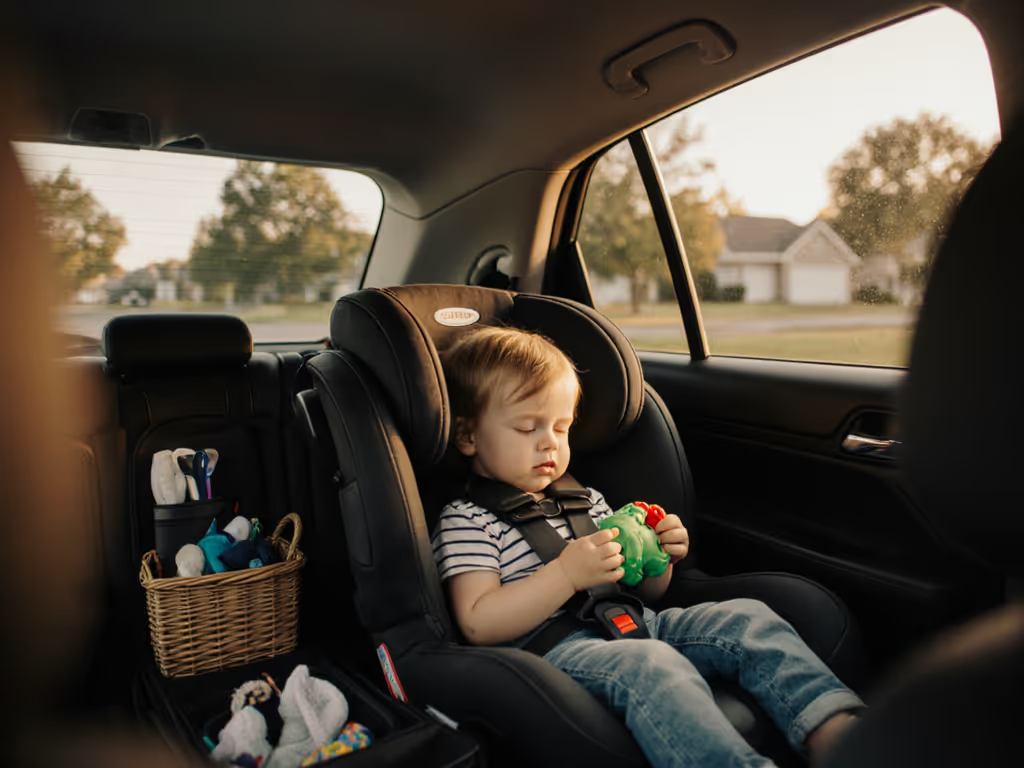
Prevent Heatstroke in Car Seats: Summer Safety Guide

Car seat safety begins with recognizing that heatstroke kills dozens of children annually in the U.S., a preventable tragedy requiring systematic precautions [1][4]. This guide translates vehicle-specific realities into actionable protocols, prioritizing repeatable safeguards over theoretical specs.
Why are children at higher risk in hot cars?
A child's body heats 3-5x faster than an adult's, with core temperature rising dangerously within minutes [1][5]. Vehicle interiors can spike 19°F in 10 minutes (even at 70°F ambient), with cracked windows offering negligible relief [1][5]. Compact cars amplify risks due to faster cabin heating from smaller interior volumes, and darker upholstery common in economy models. If your backseat runs hot and tight, see our narrow convertible car seats to improve fit without sacrificing safety.
Physiological vulnerability
- Thermal regulation: Children under 4 lack efficient sweating mechanisms, accelerating overheating [4]
- Surface-area ratio: Higher skin-to-mass ratio accelerates heat absorption [5]
| Time Parked | Average Cabin Temp Increase |
|---|---|
| 10 minutes | 19°F |
| 20 minutes | 29°F |
| 60 minutes | 45°F+ |
Data aggregated from NHTSA field tests in sedans at 80°F ambient [1][5]
What is the ACT framework?
Adopt this evidence-backed protocol to embed heat safety into daily routines:
1. Avoid unattended access
- Lock vehicles immediately after parking (even in garages) to prevent child entry [1][4]
- Treat your car like a pool: 100% supervision required near it
2. Create contextual reminders
- Place essential items (wallet, phone, left shoe) in the rear footwell [2][6]
- Use seat-bound visual cues: move a stuffed animal to the front seat when occupied [1][4]
- Activate vehicle reminder systems (e.g., GM Rear Seat Alert)
3. Take interventionist action
- Establish daycare call protocols: providers alert if a child isn't dropped off by a set time [2][4]
- Set phone alarms for post-commute backseat checks
- Immediately call 911 for any unattended child sightings [1][4]
How do I verify seat compatibility for quick exits?
Measure twice, install once. Vehicle constraints dictate safe reinstall speed: For step-by-step techniques to speed up safe installs, follow our vehicle-tuned installation guide.
Compact car adaptations
| Constraint | Measurement Protocol | Safety Impact |
|---|---|---|
| Belt path access | Time how long to route seat belt under recline without twisting | Impacts emergency exit speed during rushed errands |
| Recline precision | Confirm angle with inclinometer after 3 reinstalls | Ensures infant airway alignment despite hurried installations |
| Door clearance | Measure gap between door frame and seat with child buckled | Determines one-handed exit feasibility in tight parking spots |
Conduct 3 timed reinstalls: a seat needing >90 seconds creates friction for quick child retrieval.
What about heat-related seat hazards?
Beyond hyperthermia risks, components degrade under thermal stress: Parents in hot climates should consider ventilated convertible seats to keep surfaces cooler and reduce burn risk.
- Plastic warping: Repeated 150°F+ exposure can compromise harness adjusters
- Metal burns: Buckles reach 160°F within 20 minutes (test with an IR thermometer [3])
- Foam compression: Padding loses energy absorption after 2 summers >120°F
Mitigation:
- Use reflective sun shades cutting 85% IR radiation
- Install removable, breathable covers wicking moisture
- Pre-cool the cabin via remote start before seating the child You can also add essential car seat accessories like sun shades and breathable liners to help manage cabin heat.
Real-world verification: I clocked three convertibles in my hatchback between daycare and grocery runs. The keeper? Installed cleanly twice under 75 seconds, proving repeatable fit beats flashy features.
Final protocol checklist
Before summer driving:
- Test reinstall speed
- Time 3 full LATCH removals/reinstalls -> target <= 90 seconds
- Thermal map your vehicle
- Document max temps at seat/headrest level using a datalogger
- Implement dual reminders
- Item in backseat + childcare call protocol
Heat safety hinges on transforming awareness into muscle memory. Systemize these steps, because if it installs easily twice, it fits your real life. If you're still choosing a seat, our safest easy-install seats can help you pick models that lock in quickly and correctly.

